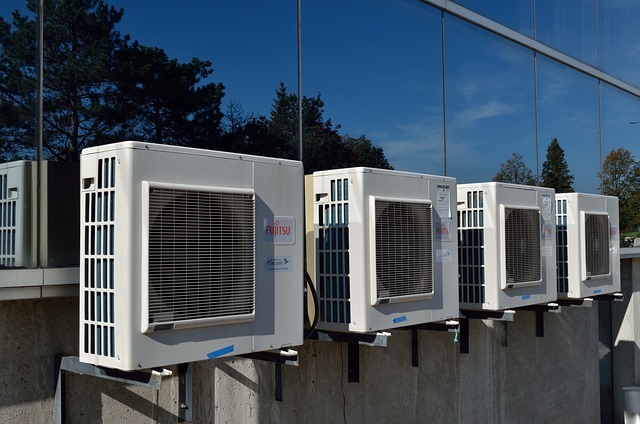HVAC system explained
HVAC (heating, ventilation, and air conditioning) systems provide cooling and heating solutions to commercial and residential buildings. Such units capture fresh air from the outdoors and pump it inside to improve air quality. Ventilation in such a system is responsible for exchanging or replacing the air within a given area. The process also involves removing smoke, moisture, odors, dust, heat, carbon dioxide, and airborne bacteria, to mention a few. An HVAC system is one of the most extensive and complicated systems in a home. You may not need an expert to determine if the system is working as expected or not.
What is a gasket, and how useful is it in an HVAC system?
In the simplest terms, a gasket is a sealing component made from a deformable material designed in the form of a sheet or ring. The gaskets are made to create pressure-tight seams between multiple stationary components. Gaskets come in different shapes as you can learn from this company.
These gaskets rely on a compression seal to prevent unwanted liquid or gas emissions. Such seals are resistant to temperature fluctuations, pressure, and sometimes electromagnetic or electrical forces. A gasket is supposed to be more malleable than the components it brings together as it relies on compression.
HVAC Gasket Applications
Reduce vibration transmission
Fans and motor usually can cause a vibration that is heard as a low hum. Fitting gaskets at appropriate intervals can help reduce complaints from other tenants or occupants in a building. The cellular structure in a gasket will absorb the vibration and prevent it from spreading across the system.
Sealing
A typical ducting system has panels, access doors, and dampers that close airflow on the system’s lower side. A soft material that has good compressibility is thus needed to minimize the closing forces. A gasket with the right thickness thus seals uneven edges and dimensional variations in a typical HVAC system.
Allows expansion and contraction
A metal duct goes through dimensional changes as it is exposed to switching between warm and cold air. The gasket can take up these challenges while still maintaining its leak-tight seal.
Steps to restore your HVAC system
Prepare your tools
A screwdriver, some rags, a flashlight, and your smartphone’s camera are some of the items you need during the inspection. You also need HVAC aluminum foil tape or mastic sealant that helps you patch up a leak. Ensure that you have clothes that fit the job and a pair of gloves as you may end up with stains.
Check the main unit
The main unit has large ducts that are interconnected with branch ducts that run throughout the house. One side of the duct system pulls in the air while the other blows air out. You can then turn on the HVAC system and pass your hand through all the ducts to feel any air leaks. An incense stick, tissue paper, or a regular piece of paper are other items that you can use to test for air leaks. You can know if there is a leak if a paper blows away or stick to an area when two pieces of metal are joined together.
Check the other ducts
Branch ducts can be visible in some areas, such as the attic and the basement. These are some of the areas to pay close attention to as you check for damages, including damp spots, mold, or torn pieces. The presence of a water spot might indicate a blockage and indoor air quality concern. You can then clean the area and get rid of the blockage before it gets out of hand.
Seal the air ducts
Repairing leakages from the main unit is the easiest part. You can use Aluminum foil tape or any other heat-approved tape that can work on a flat surface. However, you need to ensure that the surface you want to seal is clean before applying that foil tape or mastic sealant.
You can then use your mastic sealant or place an aluminum foil tape strip to seal the leak. Mastic sealant is the best option is it seals even those leaks that aluminum might not reach. However, mastic sealant is not effective if the leaks are larger than ¼ inch. You can as well combine the two solutions when the leak is more than ¼ inch.
The above some of the simple tips that can restore your HVAC gasket. However, if you still find them not as effective as expected, it is an indication that your HVAC gaskets need some replacements.

